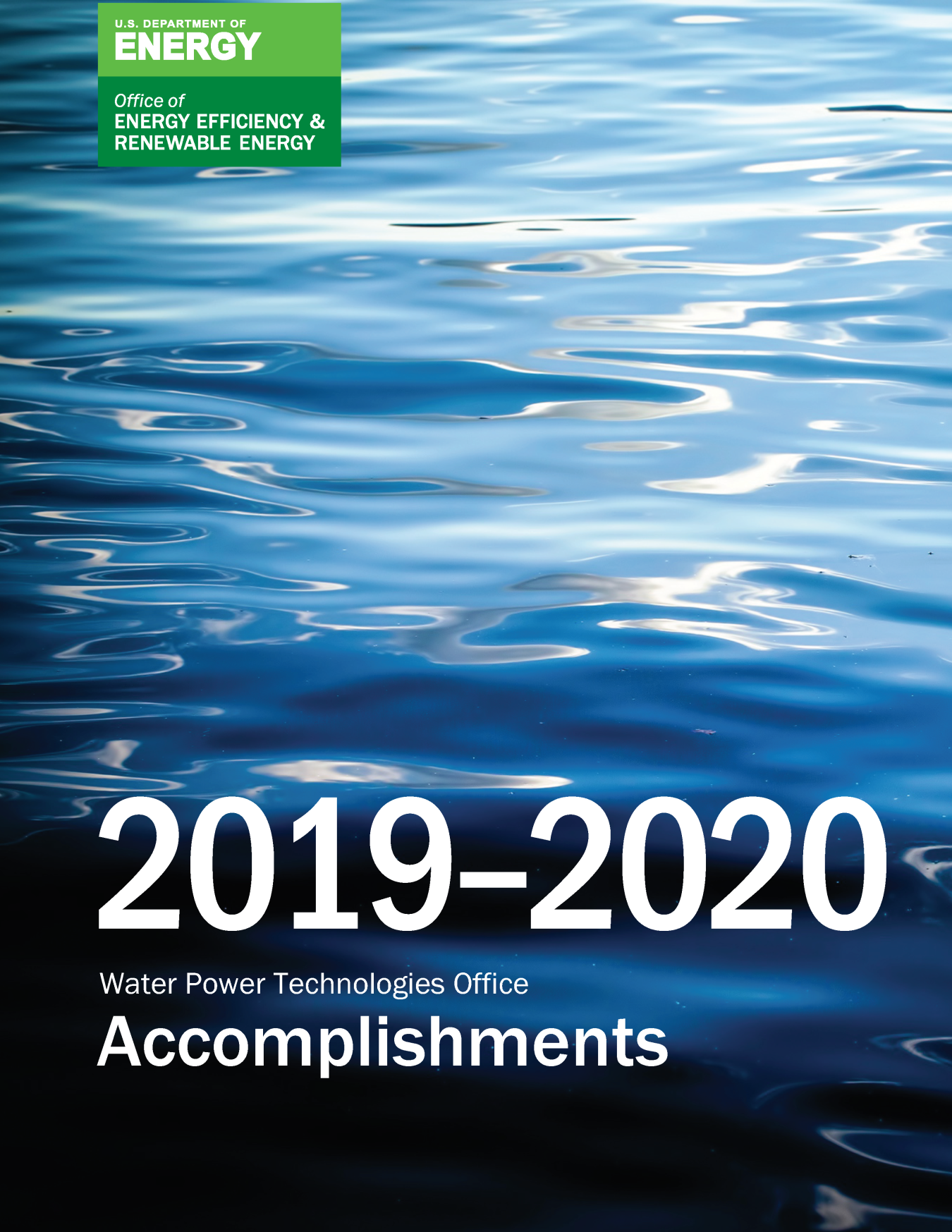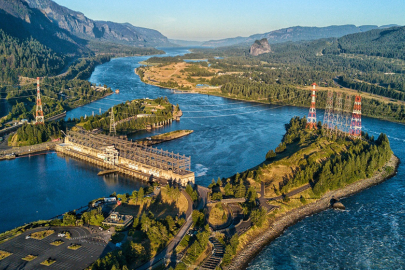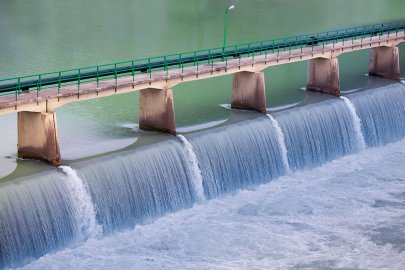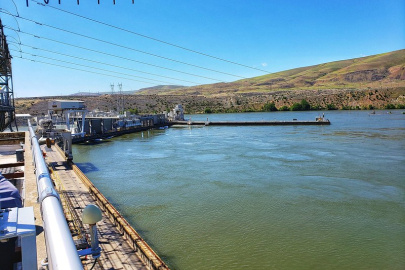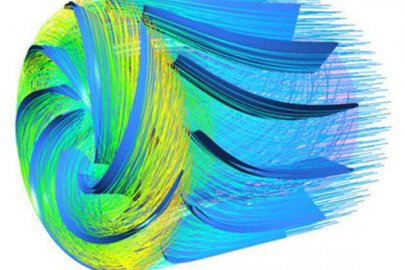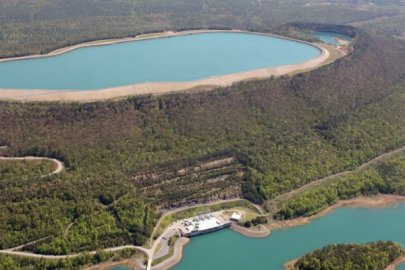In October 2019, WPTO selected four grand prize winners for the Furthering Advancements to Shorten Time (FAST) Commissioning for PSH Prize.
Water Power Technologies Office
January 13, 2021In October 2019, four grand prize winners were selected for a total of $550,000 in cash prizes and vouchers for follow-on technical support from several DOE national labs as part of the final stage of the Furthering Advancements to Shorten Time (FAST) Commissioning for Pumped-Storage Hydropower Prize. Beginning with a pool of 31 competitors, the three-stage FAST prize was designed to encourage new technical solutions to accelerate PSH development and reduce commissioning times from the industry average of 10 years to less than 5. After pitching ideas ranging from reducing excavation timelines to cutting costs with scalable, modular concepts, FAST prize winners were selected by a panel of judges from academia, government, and the private sector. The winners are currently working with the national labs to refine their concepts.
Although the U.S. PSH fleet comprises 43 projects providing 95% of the country’s utility-scale electricity storage, only one new PSH facility has come online in the past 20 years. Unrecognized energy storage valuation, permitting challenges and construction risks, competition from other storage technologies, and high up-front project costs have all been contributing factors to a slowdown in deployment. To further investigate development challenges, a pumped-storage hydropower FAST technical analysis report developed in tandem with the competition found that civil works, including the upper and lower reservoirs and water conveyance components, and equipment, most notably the powertrain, comprise the largest portions of overall project capital costs. Similarly, the upper and lower reservoirs, water conveyances, and transmission interconnection components require the longest development times.
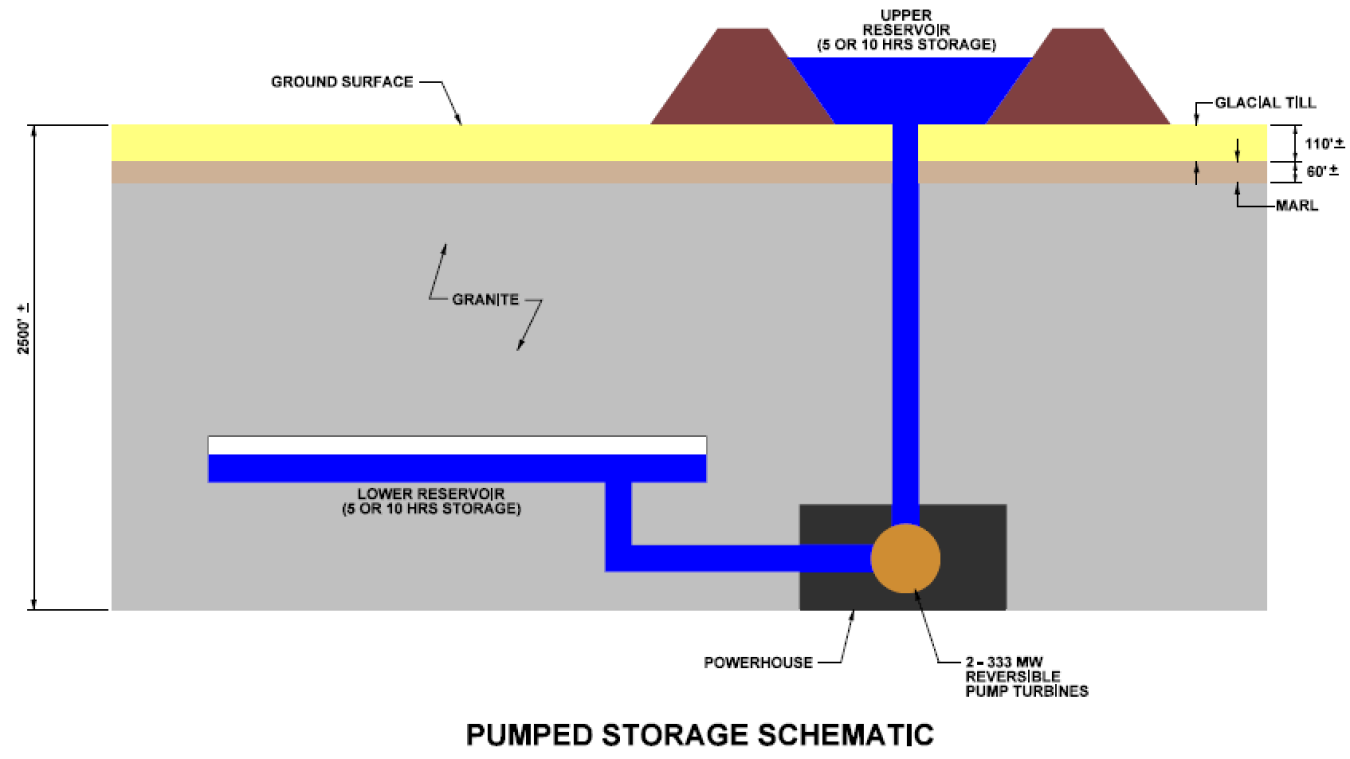
WPTO launched the FAST Prize in April 2019 to solicit ideas, designs, and strategies to reduce the costs and timelines of PSH development. The first hydropower competition within the American-Made Challenges series received solutions ranging from new layouts and creative construction management and improved construction equipment to application of advanced manufacturing or standardization of equipment.
The following grand prize winners continue to advance their concepts:
Doug Spaulding from Nelson Energy proposed the use of tunnel-boring machines for underground excavation, which can decrease excavation time by 50% and reduce costs. The team is collaborating with Pacific Northwest National Laboratory (PNNL) and Argonne National Laboratory (Argonne) to identify groundwater sources, as well as produce both an economic and a cost-benefit analysis of the project. The team is also studying the feasibility of employing underground pumped hydroelectric storage in Granite Falls, Minnesota, as well as looking into other possible sites in Minnesota and Wisconsin.
Gordon Wittmeyer and Biswajit Dasgupta from the Southwest Research Institute presented a modular steel concept for dams that proposes to reduce costs by one-third and cut construction schedules in half. The team produced a series of charts to assist developers in pinpointing their specific project needs in terms of PSH capacities and steel dam heights. From there, developers can choose which configuration is best suited for an upper reservoir site and which design will require the least structural and plate steel per module, thereby reducing construction costs.
Tom Eldredge and Hector Medina from Liberty University presented a modular, closed-loop, scalable PSH system with a capacity range of 1–10 megawatts (MW), adaptable to sites without natural bodies of water. The team is scouting potential locations in the Southwest Virginia region, where this technology could be successfully implemented, while continuing to carry out hydrodynamic calculations for their PSH system.
The National Renewable Energy Laboratory (NREL) continues to track the winners’ progress and publish updates on a semiannual basis. Following the grand prize announcement, winners worked to further advance their concepts throughout 2020, with the help of voucher support and funding to accomplish a range of activities, such as feasibility studies as well as engagement with developers, equipment vendors/suppliers, and other demonstration projects designed to facilitate upscaling and commercialization.
For additional information, contact Al LiVecchi.


